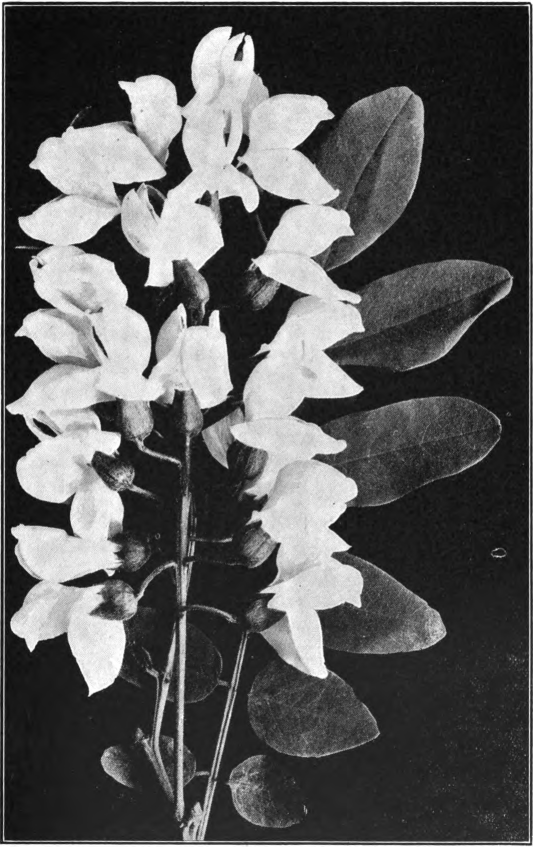
Fig. 67. — Common Locust (Robinia Pseudo-Acacia). Photographed by Lovell.
HOREHOUND (Marrubium vulgare).—A woolly herb with small white flowers in whorls. Naturalized from Europe, horehound is widely distributed throughout the United States, blooming in spring and summer. In Texas it yields nectar freely. The honey is very sweet, with a peculiar, rather nauseating flavor. It is common in the foothills of the Coast Ranges and Sierra Nevada, in the Sacramento and San Joaquin valleys, and in southern California, where it yields a dark amber honey, too strong for table use, but largely used in medicine. Horehound is a pest on a sage range, for if only a small quantity of its nectar is gathered, the color and flavor of the sage honey are impaired. (Fig. 68.)
Horehound was introduced into Australia by the early settlers, and in many localities has become very common. Bees visit the flowers throughout the day, and horehound honey is valued for its medicinal qualities. It has a greenish shade and too often flavors the honey gathered from other plants.